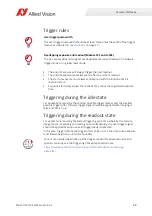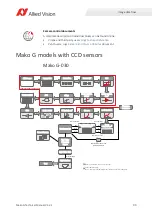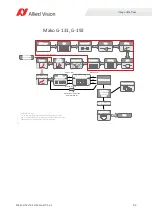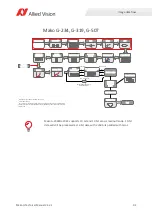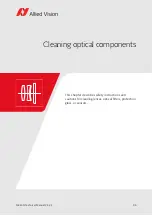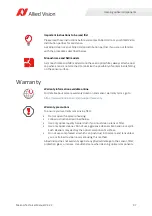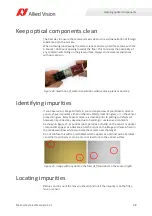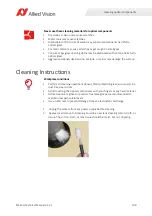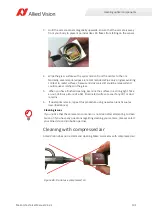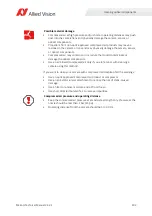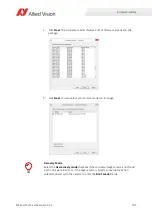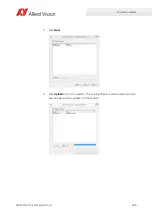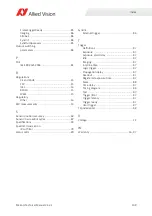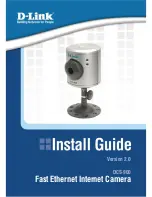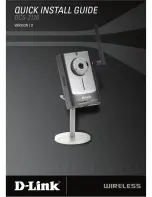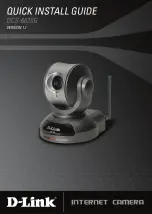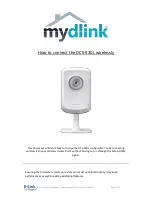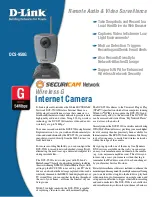
Cleaning optical components
102
Mako G Technical Manual V4.2.2
If you want to clean your camera with compressed air despite of all the warnings:
•
Use an optic approved compressed air product or compressor.
•
Use an anti-static ionizer attachment to reduce the risk of static-caused
damage.
•
Use a filter to remove moisture and oil from the air.
•
Use short directed bursts of air to remove impurities.
Possible material damage
•
Compressed air at high pressure and/or shorter operating distances may push
dust into the camera/lens and physically damage the camera, sensor, or
optical components.
•
Propellant from non-optic approved compressed air products may leave a
residue on the camera or lens and may physically damage the camera, sensor,
or optical components.
•
Compressed air may contain oil or moisture that could contaminate or
damage the optical components.
•
Use an air blower/compressed air only if you are familiar with cleaning a
camera using this method.
Compressed air pressure and operating distance
•
Keep the compressed air pressure at a moderate strength only. Pressure at the
nozzle should be less than 1 bar (15 psi).
•
Operating distance from the camera should be 5 to 30 cm.

